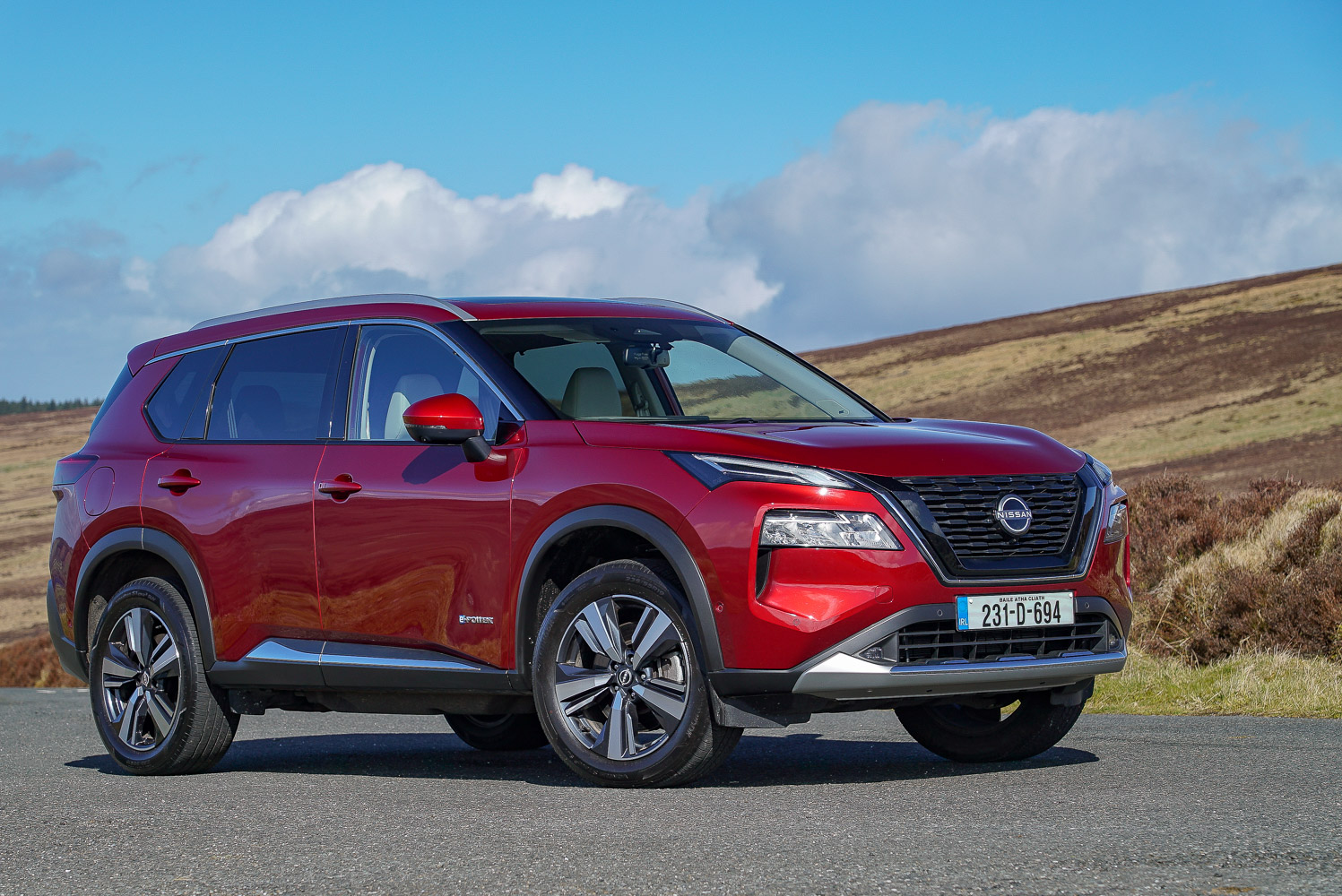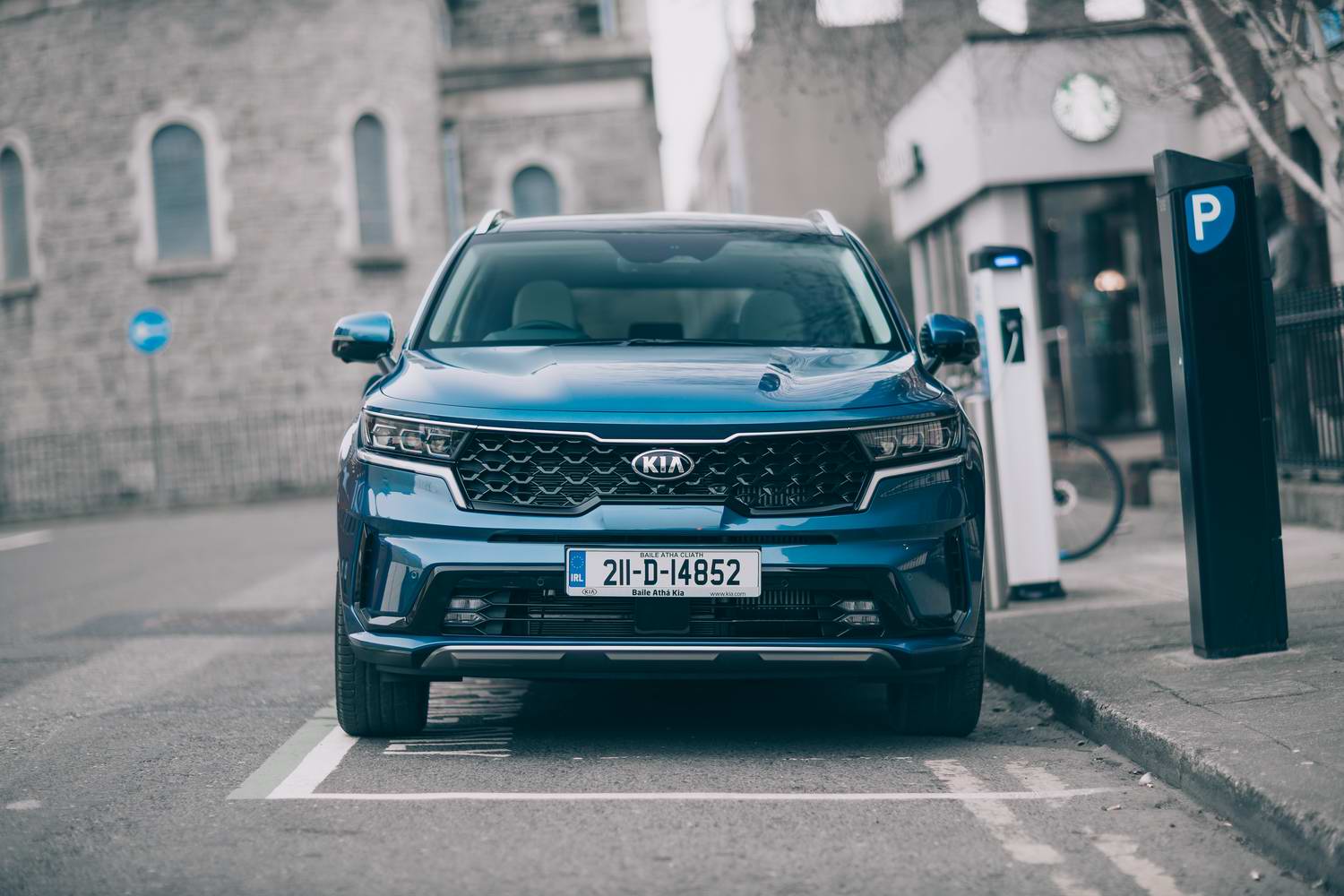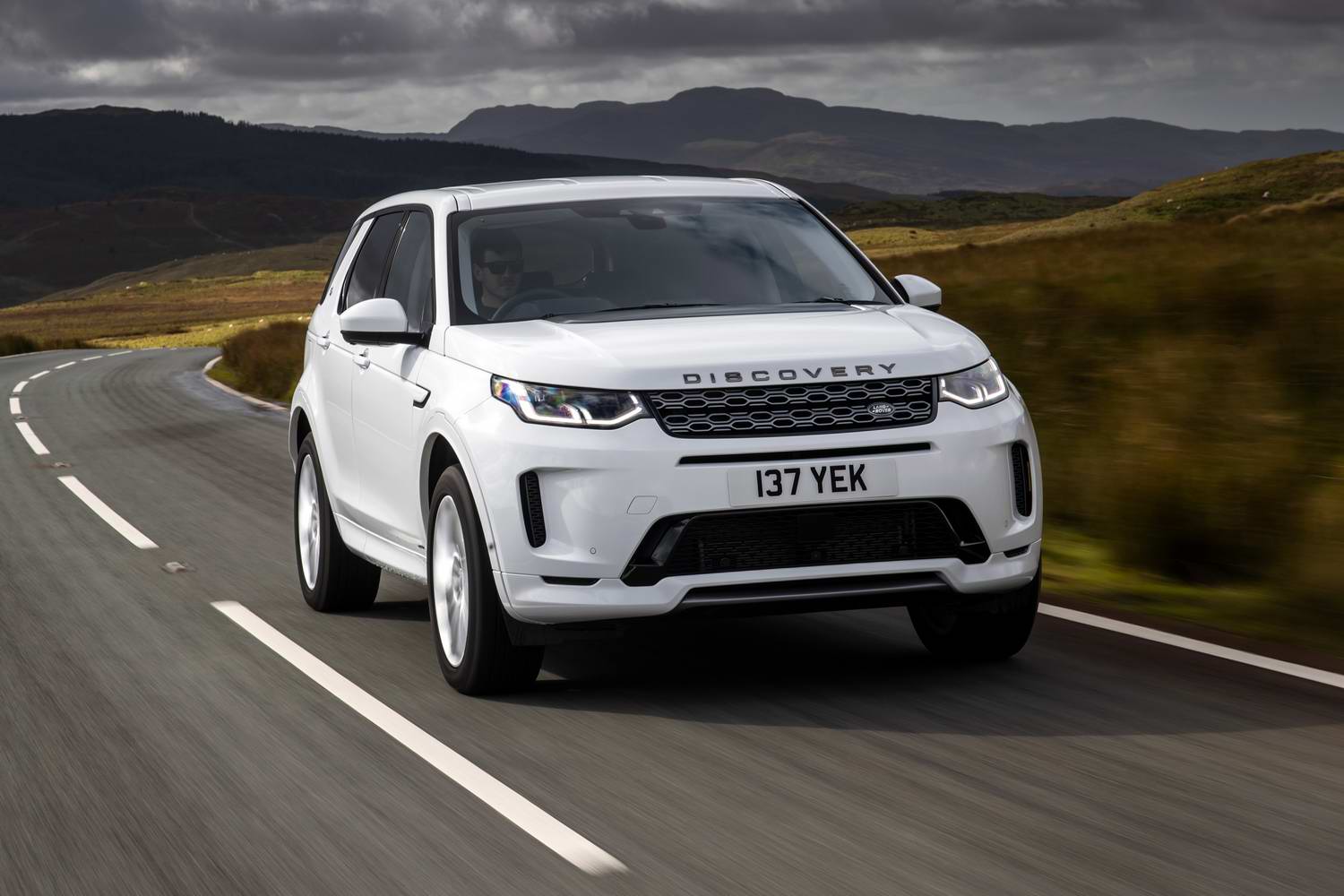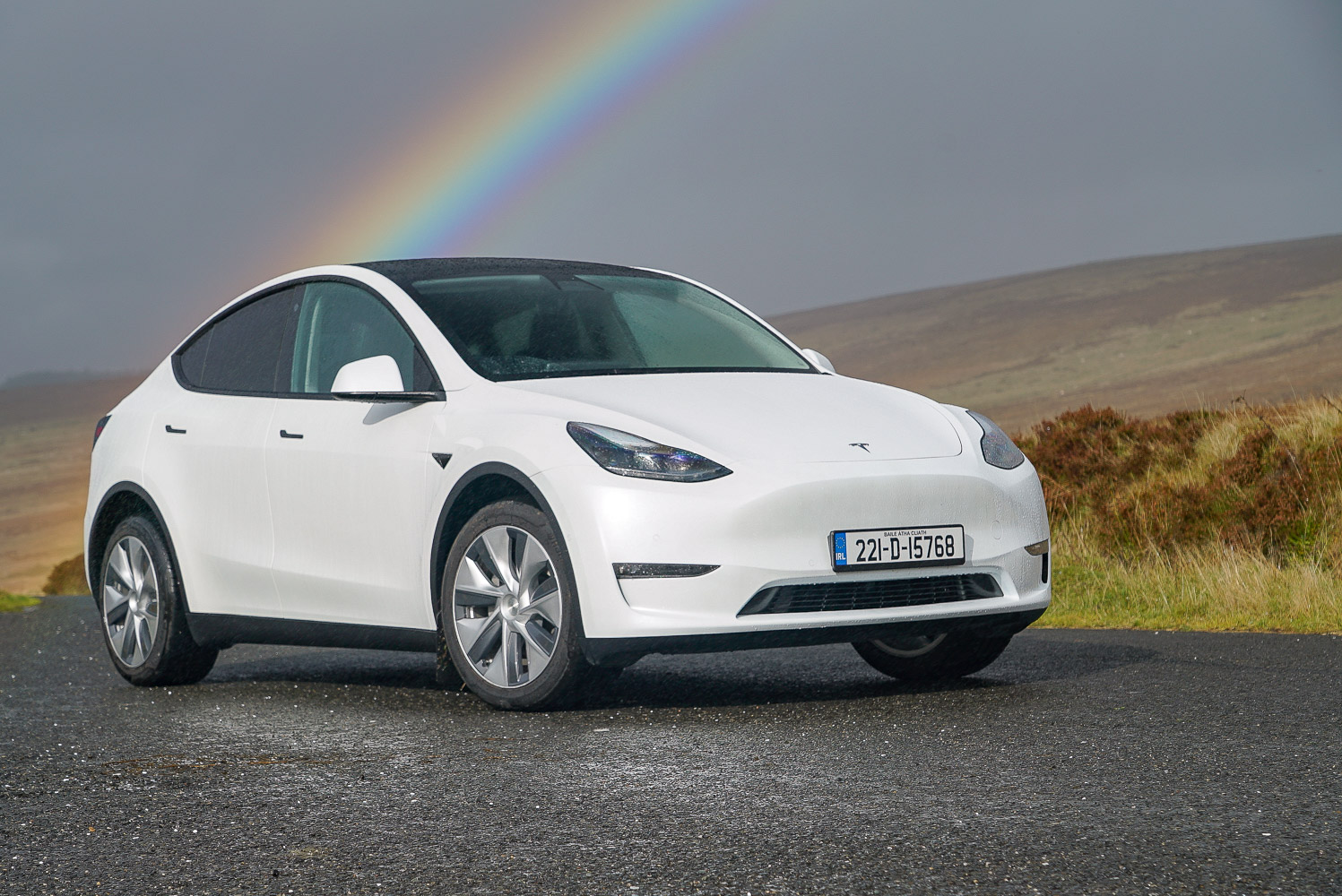Nissan X-Trail overview
Has Nissan's X-Trail finally found its niche? Ever since the second-generation model was launched in 2007 it has lived in the shadow of its smaller brother, the wildly successful Qashqai. The X-Trail has often felt relegated, as the one you buy when you need a bit more space, or you've just had too many kids to fit everyone in a Qashqai.
This one feels a bit different, though there are obvious links to the Nissan Qashqai here. The two cars share a common platform, and many interior parts and components, but this X-Trail looks and feels like a more separate model than the previous generation did. It's chunky and bulky, and its cabin manages to feel a deal more luxurious than that of the Qashqai.
It's available now only as a hybrid model, using Nissan's 'e-Power' hybrid setup.
The Nissan X-Trail model range
The X-Trail line-up is divided by powertrain and seating configuration. You can have it either as a front-wheel-drive five-seat model, or an 'e4ORCE' four-wheel-drive seven-seater. Irish prices start from €49,495 for the five-seat, front-wheel-drive model in SV trim with 204hp. Standard equipment includes 18-inch alloy wheels, LED headlamps with dusk sensor, auto wipers, keyless entry and ignition, selectable driving modes (Eco, Normal and Sport), e-Pedal braking, auto dimming rear-view mirror, leather-wrapped steering wheel, seven-inch digital instrument panel, eight-inch infotainment screen, reversing camera and dual-zone air conditioning.
You can upgrade your SV model to the seven-seat, two-motor, e-4ORCE four-wheel-drive model, at a cost of €59,295, bringing with it extra driving modes.
SV Premium models start at €52,495 for the five-seat, front-drive X-Trail or €62,245 for the four-wheel-drive, seven-seat version. Extra equipment over the SV includes an electric sunroof, privacy glass, roof rails, a 12.3-inch digital instrument panel, built-in navigation with connected service, and a 360-degree parking camera system.
Top-spec SVE versions start at €56,495 for the five-seat model, or €66,245 for the seven-seat version. Extra equipment over the SV Premium includes Nissan's ProPilot system for driver assistance, which includes a head-up display and automated parking, adaptive high-beam headlights, a powered tailgate, electric memory front seats with synthetic leather upholstery, three-zone climate control, heated front seats, a Bose stereo, a wireless phone charger and decorative wood inserts.
All X-Trail models come as standard with adaptive cruise control, autonomous emergency braking that recognises pedestrians and cyclists, lane departure warning and lane-keeping steering, blind-spot warning, driver attention alert, traffic sign recognition, rear cross traffic alert and front and rear parking sensors. The X-Trail gets a full five-star safety rating from Euro NCAP, with an impressive 91 per cent score for adult occupant protection, 90 per cent for child occupants and 70 per cent for vulnerable road users.
Nissan Ireland currently has a 6.9 per cent APR PCP finance offer in place, which would put a basic X-Trail e-Power SV on your driveway for €501 per month, with a €15,000 deposit and a €23,300 final payment. Check the Nissan website for the most up-to-date offers.
The Nissan X-Trail interior
The X-Trail's interior is probably its strongest point as even though it shares most of its fixtures and fittings with the smaller, more affordable Qashqai, it manages to feel more luxurious, verging on premium.
In the driver's seat, you sit up high, but in a relaxed fashion and with some pleasantly soft leather (synthetic stuff, but convincing) under you. The steering wheel and digital instrument pack both come from the Qashqai, but they look and feel good.
The menu layout of the dashboard display can be confusing at times, but it does help that there are some physical short cut buttons and a volume knob for the stereo (an excellent Bose system, incidentally).
It also helps that the controls for the heating and air conditioning are not on the screen, but are proper real buttons and rotary switches, which makes them so much easier to use, and so much easier to adjust when you're driving. Thank you, Nissan.
Below those switches, there's a small section of the dash that is home to a pair of USB sockets (one USB-C, one of the older USB-A type), a 12-volt socket and the engine start-stop button. Between the seats, you'll find a pair of well-sized cupholders, a shallow tray that is home to the wireless phone charger and a large storage box under the front seat armrest. The door pockets are not especially long, but they are wide enough to be able to hold a large bottle of water.
The console between the seats is also home to the drive selector, which is a slightly odd one that slides back and forth, and which is also used by the Qashqai and the Ariya electric SUV. It's one of the few points of the interior that actually feels a little on the cheap side. Behind the cupholders is a rotary switch that allows you to select Eco, Normal or Sport driving modes as well as, in this four-wheel-drive model, the off-road modes.
The middle row of seats has decent levels of legroom and headroom, but it's not what you'd call stretch-out roomy. It does help that the rear doors open up to near-as-dammit 90 degrees though, which makes getting in and out much easier. Meanwhile, the folding third row of seats in the back is quite tight on space - as is common in this seven-seat SUV class - meaning that they're for children only. You can slide the middle row back and forth a little to help free up a bit more knee room for those in row three. Rear seat passengers get a matching set of USB sockets to those in the front.
With the seven-seat layout, you're also compromising on boot space, as with row three folded away, this X-Trail has a boot volume of 485 litres, compared to 575 litres for the more affordable, front-wheel-drive, five-seat model. Put the rearmost seats up and there's only 120 litres of space, but on the upside there's room under the floor to stow the retracting luggage blind when you're not using it. Our test car - a top-spec SVE model - came with the electrically powered tailgate too.
The Nissan X-Trail driving experience
The X-Trail is only available in Ireland with Nissan's newly-introduced e-Power hybrid setup. This means that it's always and only driven by its electric motor (motors, in the case of our two-motor, four-wheel-drive model) and the 1.5-litre petrol engine is only on board to act as an electricity generator. There's no external plug to charge up the 2.1kWh battery, so the electric power is going to come only from burning petrol, or from regenerative braking and coasting.
Does this sound a bit retrograde in the modern, electric-focused age? Possibly so, but speaking as someone who has a terraced house and slim-to-sod-all charging options in his locality, it's a positive god-send, as you get the smooth, instant traction of electric power but without having to even think about finding somewhere to plug in.
Nissan reckons that not only is there extra efficiency to be mined from its e-Power setup, it's also something of an ideal 'starter pack' for those who want to go electric, but aren't quite sure nor ready as yet. If that sounds like corporate self-justification, well there are some studies coming out of the US that seem to show a strong correlation between hybrid ownership and an eventual switch to fully-electric power so maybe there's something in it.
To drive, the e-Power setup in the X-Trail is impressively smooth. At 1,778kg it's not even especially heavy, at least by the standards of EVs and plug-in hybrids, so the 213hp and - especially - the 525Nm of torque on offer get you up to cruising speed pretty quickly. There is some aural oddness, at first, in hearing the 1.5-litre engine kick in and out at apparently random intervals. Nissan has tuned the car's electronics to try and give the engine a more natural rev-up, rev-down performance when you're accelerating hard, but inevitably there's a bit of disconnect. Thankfully, overall refinement is good enough that it's not going to bother you too much, and it only becomes wearing if you're holding the throttle wide-open for ages. Which, with that 525Nm, you won't be very much.
Settle into a cruise and the X-Trail is just delightful. That sense of refinement, and the wonderfully comfortable front seats, make it excellent long-haul transport. Nonetheless, at 6.6 litres per 100km on the WLTP cycle, this four-wheel-drive e-4ORCE X-Trail is at the thirstier end of hybrids, and on long motorway runs that worsens, to between 7.5- and 8.0 litres per 100km. In some ways, this new e-Power system is more like an old-school hybrid, in that it's much more economical on short urban hops than it is on long cross-country runs, but I guess it's cleaner than a diesel in such environs.
Through corners, the X-Trail has nicely weighted steering, verging on the enthusiastic, but its weight and size will always count against it at times like this, so you're better off slowing down and taking things a bit more gently. The handling is fine, but it's not a car that especially enjoys being hustled. The ride quality is good, too - a little firm at low speeds on urban lumps, but otherwise pleasingly smooth.
Our verdict on the Nissan X-Trail e-Power
This Nissan X-Trail is quite possibly the most impressive model yet to bear that name, and its combination of a hugely comfortable and well-made cabin with very good refinement means that it's one of those cars that you just don't want to get out of. The long-range fuel economy sadly isn't as impressive, but a downgrade to the front-wheel-drive version would claw a lot of that back.
What do the rest of the team think?
The X-Trail is a great addition to the seven-seat family SUV market, offering buyers that need all those seats for kids a viable alternative to diesel power. It's a high-quality car, too, while the e-Power technology particularly suits urban use and short hops. Less obviously, the X-Trail is satisfying to drive, which is sure to grab buyers' attention if they take it for a test drive.
Shane O' Donoghue - Editor

























